Here’s What To Know About Chimney Repair Costs
Here at Northeastern Chimney, LLC, we live and breathe all things chimney. This includes smaller chimney repairs and larger projects up to and including a complete reconstruction of your chimney system. We always encourage annual inspections, and biannual if necessary, to help mitigate costlier problems down the road.
Wondering why we encourage this? Look no further: here’s what you should know about chimney repair costs.
 Reputation
Reputation
We pride ourselves on our reputation in the West Hartford community. In addition, as we’ve grown our business over the years, we’ve likewise expanded outwards to neighboring communities.
Whoever works on your chimney system should be reputable and trustworthy. They should be backed by various online reviews that speak to their skillset and work ethic.
They should also be able to tackle anything related to your chimney, from sealing a leak to a full teardown and rebuilding.
Cheaper versus more expensive estimates
As the saying goes, you get what you pay for. This is not to advocate higher price tags. Rather, if an estimate seems especially low, it should raise at least a red flag in your mind. On the other hand, if an estimate seems particularly high, this, too, could be a cause for concern.
There’s a balance here. Looping back to reputation, always read online reviews when evaluating whether a bid is too low or too high. Safety should always be the top priority with estimates.
Timelines
Chimney repair costs will often be reflective of the project timeline. Simpler fixes, such as repointing or tuckpointing usually take less than a day. Larger projects, such as replacing a flue will take longer. Weather can also factor into repair timelines, extending them longer than originally expected.
Homeowners insurance
No two insurance policies are alike, so you’ll want to consult with your agent for a final answer. In our experience, however, homeowners insurance usually doesn’t cover chimney repair. The exception is if there is a recorded incident necessitating repair. General wear and tear and a lack of maintenance are rarely grounds for a homeowner insurance claim.
The average chimney repair cost
Depending on the state of your chimney, repairs cost anywhere between $300 up to $7000 (and possibly beyond). As a couple of quick examples:
- Leaks: Sealant and new flashing are usually in the ballpark of $350 for materials alone.
- Crown: Repairing a crown will run at least several hundred dollars. Replacing a crown can be upwards of over $2,000.Flue: Simple fixes will again be cheaper. Replacing a flue can be upwards of $7,000 and beyond.
 Annual inspections can help save costs
Annual inspections can help save costs
Generally speaking, our technicians can only quote a labor project by visiting your property, reviewing the damage, and providing you with an estimate. The above costs are merely an example, but they all point to one clear conclusion: Annual chimney inspections can catch smaller issues before they snowball into larger and costlier problems.
With an annual inspection, our technicians can help mitigate any smaller problems today and save you more money in the long run. If you’d like to schedule your next inspection, contact Northeastern Chimney, LLC at 860-233-5770 or visit our website and fill out our contact form here.
This post first appeared on https://www.mychimney.com

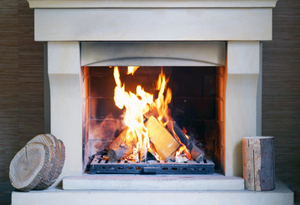 What is a Freeze/Thaw Cycle
What is a Freeze/Thaw Cycle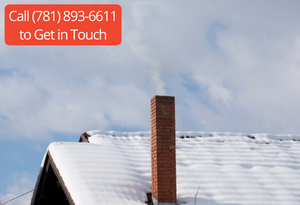


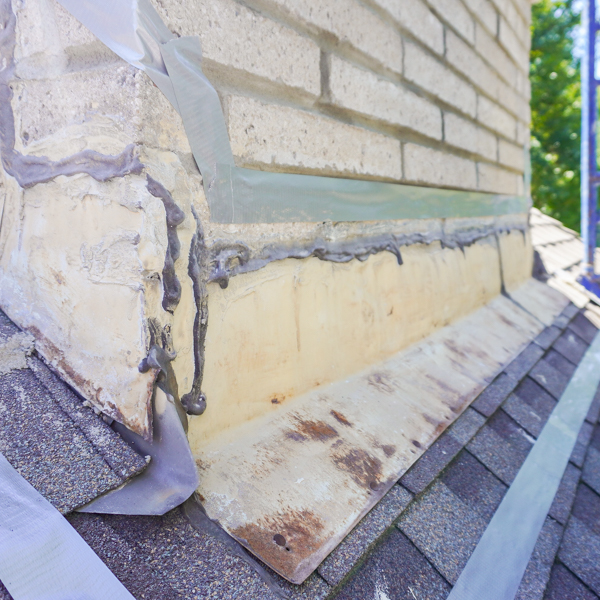 Heavy Snow Can Damage Flashing
Heavy Snow Can Damage Flashing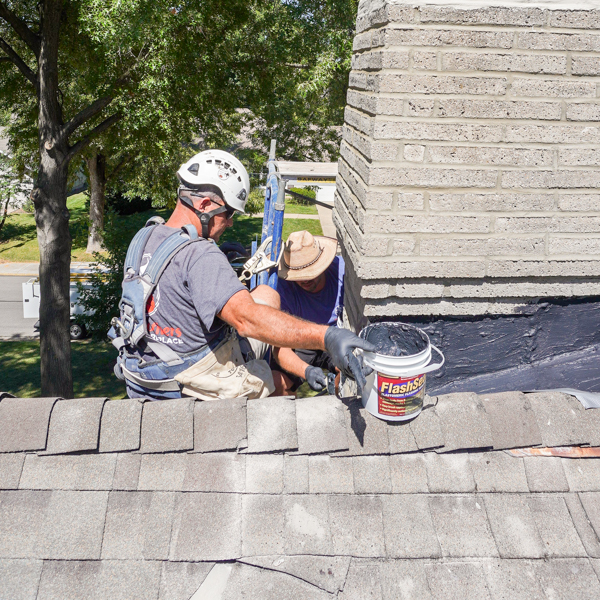 Winter Chimney Repairs
Winter Chimney Repairs
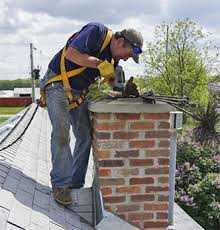 HERE ARE OUR TOP 8 SIGNS THAT YOUR CHIMNEY NEEDS TO BE CLEANED:
HERE ARE OUR TOP 8 SIGNS THAT YOUR CHIMNEY NEEDS TO BE CLEANED: Consider Providing Makeup Air to Your Home
Consider Providing Makeup Air to Your Home
 Masonry deterioration
Masonry deterioration A leaning chimney is a cause for concern
A leaning chimney is a cause for concern